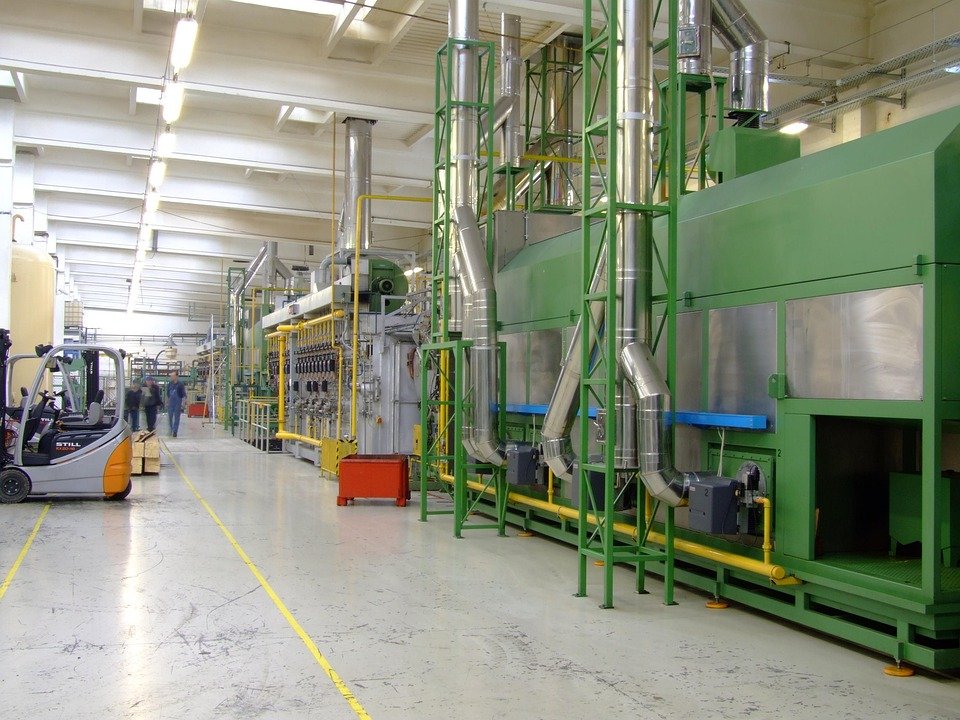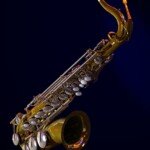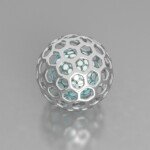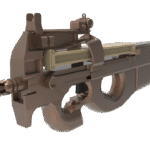Unlocking creativity: A beginner’s guide to Hobby CNC machining
CNC (Computer Numerical Control) machining has revolutionized the manufacturing industry, making precise manufacturing available outside industrial plants. For amateurs, CNC offers an exciting portal to transform digital designs into tangible objects, from sophisticated wooden logos to custom metal gears. But where do you start? This guide unveils the basics of CNC-loving, giving you the ability to unleash your creativity.
What is CNC machining?
CNC machining essentially uses computer controls to move the cutting tool along a predefined path and engrave the material with unparalleled precision. Unlike manual tools, CNC machines follow digital blueprints (G codes), ensuring repeatable accuracy – ideal for complex geometric shapes.
Key components of CNC machines
- Controller: this "brain" This explains the G code (e.g., GRBL, MACH3).
- Stepper/Servo motor: Move the tool along the x, y and z axes.
- Spindle: High-speed rotary cutting tool (bit). Routers (for wooden/plastics) or compact mills (for metals) are common.
- Working bed: Platform for fixing material (vacuum meter, T-slot or fixture).
- frame: Rigidity is crucial! Aluminum or steel frames prevent vibration during cutting.
Types of CNC machines
- 3-axis machine: The standard for beginners. Vertical movement (z) and horizontal movement (x/y).
- 4-axis machine: Add rotation (A axis) to achieve cylindrical engraving (such as guitar neck).
- 5-axis machine: Advanced control (X, Y, Z + two rotation axes), ideal for complex contours (e.g., aerospace parts). While usually industrial, services like Greatlight’s five-axis CNC democratize the accuracy of customized projects.
Amateur workflow: from ideas to objects
- design: Create 2D/3D models using CAD software (Freecad, Fusion 360).
- Cam conversion: Use CAM software to generate tool path (Carbide Create, Vcarve). Adjust feed rate, depth and tool selection.
- Machine Settings: Fixed material, set zero point (x/y/z origin) and loading tool.
- Cut: Run the test "Air cutting" (No substance) verification path. Then, start processing!
- Post-processing: Sand, polished or anodized parts to make the appearance complete.
CNC-loving materials
- Wood and plastic: Basswood, plywood and acrylate are forgiving appetizers.
- Soft metal: Aluminum, brass and copper (proper bit and slower speed).
- Advanced: Stainless steel or titanium requires industrial grade machines –Tip: Outsourcing is wise here (More below).
Key points of software
- CAD (Design): Fusion 360 (free amateurs), Tinkercad.
- Cam (Tool Route Generation): Easel, meshcam.
- control: UGS, candle (connect your PC to the machine).
First of all, safe! Amateurs’ non-merchandise
- Eye/ear protection: Chip fly; motor screams.
- Dust collection: Inhalation of particles is dangerous. Use the store VAC.
- Emergency Stop: Always know where the kill switch is.
- No loose clothes or jewelry: The spindle rotates fast enough to capture the sleeve.
Tips for beginners
- Before working on 3D sculptures, start simple (coasters, engraving).
- Learning speed/excerpt: Is it too fast? Tool breaks. Too slow? Material burning.
- Record the settings of each of your materials – consistency saves time.
When to go to major: Why Greatlight CNC shines
Hobby machines are excellent with soft materials, but reach their limits with tight tolerances or exotic metals. When was that Greglight CNC Bridge gaps. As leaders in five-axis CNC machining, they offer:
- Industrial Accuracy: Used for functional prototypes, aerospace parts or medical equipment.
- Material mastery: Titanium, inconel or hardened steel? Resolved.
- One-stop organization: Anode, polish, powder coating – all internal treatments.
- Speed and scale: Quickly delivered small batch orders without quality loss.
Why fight against amateur restraints? Greglight’s advanced five-axis drilling rig tackle curve, undercut and microscopic tail are not possible on a 3-axis setup. They transform raw metal into perfect, high-strength components – ideal for robots, cars or custom craftsmanship.
Ready to specialize your vision?
→Customize precision parts at competitive prices: Access Greatlight CNC now
in conclusion
The Hobby CNC agency combines art with engineering, allowing manufacturers to build almost anything. Mastering the basics – machine components, software and security – opens doors for unlimited projects. But when complexity requires industrial muscle, trusted partners like Greglight CNC provide five-axis accuracy that hobby tools cannot match. Start small, dream big, remember: the only limitation is your imagination.
FAQ section
Q1: Can I use a CNC router machine to love it?
Yes, but stick to soft metals like aluminum. Use carbide drill bits, slower RPM and lubrication. For steel or titanium, outsource industrial equipment such as Greatlime to professionals.
Question 2: What is the biggest mistake a beginner makes?
neglect rigidity. Flexible frame or loose bolts cause "chatter" (Destroy the vibration of cutting). Invest in solid machines and put the bed bracket before every job.
Question 3: 3 Axis vs 5 Axis – When is it worth it?
3-axis is suitable for 90% of the hobby projects. The organic shape of the 5-axis (eg, turbine blades) has reduced arrangement. For single-use complex parts, outsourcing to five-axis experts is cost-effective.
Q4: How to avoid breaking?
- Set the correct depth for each pass (e.g., ⅓⅓ of diameter).
- Optimize feed/speed using a cam calculator.
- Make sure the chip is clear – Fill in the debris snapshot tool.
Q5: If I have CAD, why should I use CAM software?
CAD design parts; cam calculation how To cut it – pass paths, angles and machine movements. Skip the cam risk tool crashes or is inefficient.
Question 6: Can Greatlight handle post-processing?
Absolutely! They offer anodization, bead blasting, heat treatment, and more prototypes that require aesthetic or functional finishes. Send design; receive finished parts.
Q7: Which file format is suitable for CNC?
Common formats include STL, step, or DXF for geometric design. Greatlight’s team optimizes files for manufacturability when needed.
Have complex metal parts? Let Greatlight’s five-axis experts improve your project. Get a quote today.










































